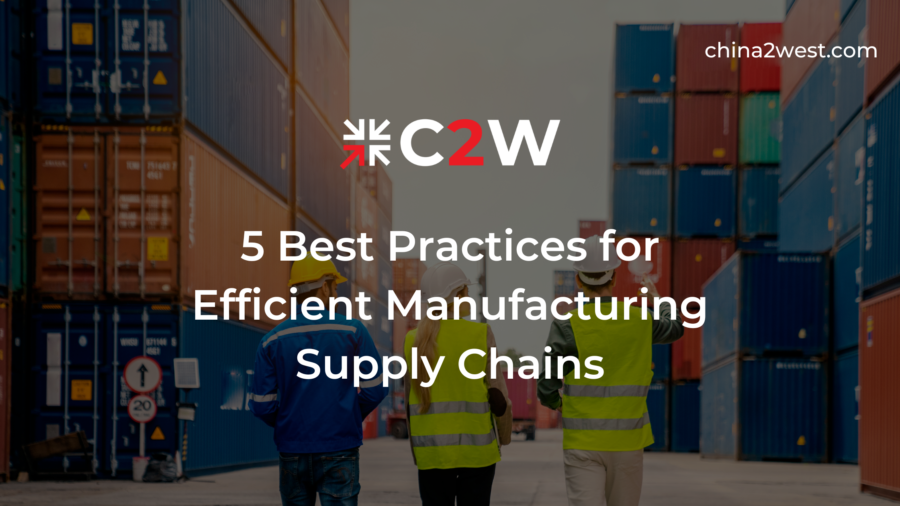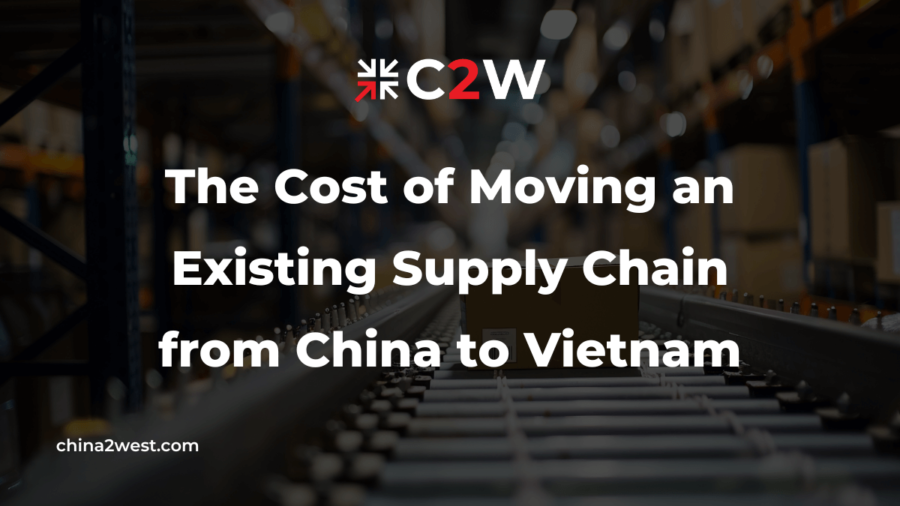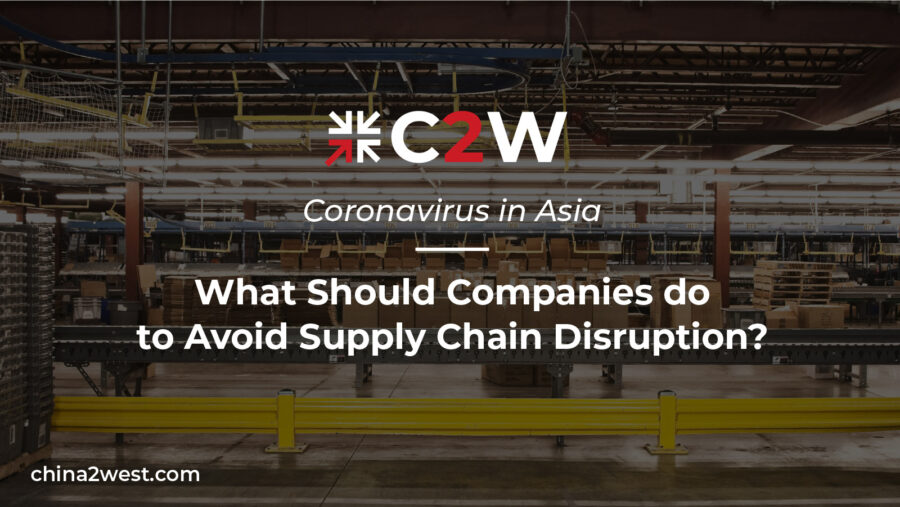Did you know that 57% of companies believe that supply chain management gives them a competitive edge in any market? Efficient manufacturing supply chains are key drivers for quality customer service, cost reduction, and more.
If you want to streamline your manufacturing logistics from start to finish, you’ve come to the right place.
Keep reading to learn about the different manufacturing processes and the best practices your business can take from each of them.
1. Lean Manufacturing
Lean manufacturing is a manufacturing supply chain approach that emphasizes reducing inventory levels, optimizing production processes, and minimizing waste.
It involves continuous improvement and changes that lead to adding more activities with value and maximizing the use of resources. The key to lean manufacturing success is the flow of materials and information.
Every process and activity is scrutinized to identify areas of waste. Lean manufacturing aims to eliminate or streamline these types of waste:
- Overproduction
- Transportation
- Waiting
- Motion
- Defects
- Inventory
- Overprocessing
Lean principles can improve customer satisfaction, reduce costs, and, most importantly, increase supply chain productivity and efficiency.
Intel and Nike are two well-known lean manufacturing businesses that have successful supply chains.
2. Just-in-Time
Just-in-time (JIT) manufacturing involves producing goods when they are needed in the exact quantities required. This technique minimizes inventory levels, reduces overproduction, and reduces waste.
For example, JIT manufacturing can reduce waste by cutting down on materials, water, and electricity costs.
JIT manufacturing leads to shortened response times from suppliers which means customers are getting answers faster. Employees using this method are equipped with tools in their daily operations.
The main characteristics of a JIT control technique are:
- Repetitive processes
- Production card usage
- A pull system
- Uniform loading
- A synchronized production center
JIT manufacturing and lean manufacturing are sometimes used interchangeably, but there are important differences for managers to know about.
Lean manufacturing focuses on eliminating waste. While JIT seeks to produce exact amounts to eliminate waste, it’s more of a subset of lean manufacturing.
JIT focuses specifically on production timing while lean manufacturing focuses on addressing and eliminating causes of waste.
McDonald’s and Toyota utilize this manufacturing method.
3. Agile Supply Chain Management
An agile manufacturing supply chain is responsive, adaptable, and flexible.
It consists of using analytics to make quick, data-driven decisions regarding changes in customer demand, supply chain disruptions, and other factors out of your control.
Agile supply chain management is a great way to stay competitive in a highly competitive marketplace. Your business can stay ahead of the curve and improve customer satisfaction.
Customers are often seeking out businesses that follow sustainable practices. In fact, 40% of companies feel pressure to embrace greener supply chains.
The agile approach allows you to be more waste-conscious and efficient so you can operate sustainably.
Additive manufacturing (AM), more commonly known as 3D printing, is a technological advancement that is well-suited for agile manufacturing processes. Using 3D printing in manufacturing can lead to:
- Shorter lead times
- Increased design freedom
- Reduced material waste
3D printing is a great way for startups to try their hand at prototype manufacturing as well.
Like with JIT manufacturing, agile and lean manufacturing sometimes get intertwined.
We know that lean manufacturing emphasizes eliminating waste. In contrast, agile manufacturing focuses on creating a responsive and adaptable process.
Many companies try to combine the best practices from both supply chain strategies to create an efficient system.
Apple and Microsoft are successful companies that use the agile approach.
4. Vendor-Managed Inventory
If you want to completely outsource your inventory, this is the technique for you. Vendor-managed inventory (VMI) involves the supplier or vendor taking responsibility for managing inventory levels for the customer.
This approach minimizes stockouts, reduces inventory costs, and improves supply chain efficiency. Outsourcing inventory management to China is a great way to reap these benefits and save money.
This method of supply chain efficiency won’t work without strong ties and a high level of trust between manufacturers and sellers. There are advantages to this process for vendors and sellers.
The main advantages for vendors are:
- Automated orders and streamlined fulfillment
- Better insights into customer trends
- Inventory optimization
Vendors will have to take on more responsibility, which is why outsourcing to warehouses in China is a great idea. These larger spaces are equipped to take on your business needs.
For sellers, the top advantages are:
- Lover inventory management overheads
- Lower storage requirements
- Better in-stock rates
- Higher customer satisfaction and loyalty
It’s important to note that sellers can forgo the costs of managing inventory with the VMI method, but they still have to account for legal overheads.
You have to put legal safeguards in place to create an agreement between you and the manufacturer.
Amazon and Walmart utilize vendor-managed inventory.
5. End-to-End (E2E) Supply Chain
An end-to-end (E2E) supply chain integrates various supply chain functions into a continuous workflow. From material sourcing to delivery of finished goods to customers, the supply chain will be efficient.
You can use some of the above manufacturing supply chain best practices to ensure you have an end-to-end supply chain.
This supply chain will focus on the operations and how they interact with one another to create holistic supply chain visibility. Each function should be optimized to increase integration and connectivity.
With visibility across the entire supply chain, a business can identify ways to create a more streamlined and efficient operation.
A lot of companies are adopting blockchain technology to maintain an open line of communication throughout the supply chain process. This technology helps businesses create a secure and transparent data exchange.
Blockchains will provide parameters to allow businesses to share only necessary information to create an efficient end-to-end supply chain while maintaining data security.
Although E2E supply chains and traditional supply chains have the same goals, traditional supply chains look at each function of business operations as an individual stand-alone process.
In contrast, an E2E supply chain views each function as a single step in a whole integrated process.
Manufacturing Supply Chain Best Practices to Follow
To create an efficient manufacturing supply chain, you need to look at the different manufacturing processes and take the best practices from each of them.
Decide what your goals are and how lean, JIT, agile, VMI, and E2E supply chain manufacturing can help.
China 2 West offers supply chain management services that can assist you in building an efficient process. If your goal is to save costs and improve quality, move your manufacturing to China.
Contact us today to learn why we are a top one-stop solution provider for supply chain management and manufacturing.




